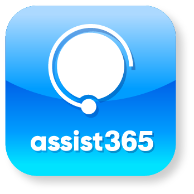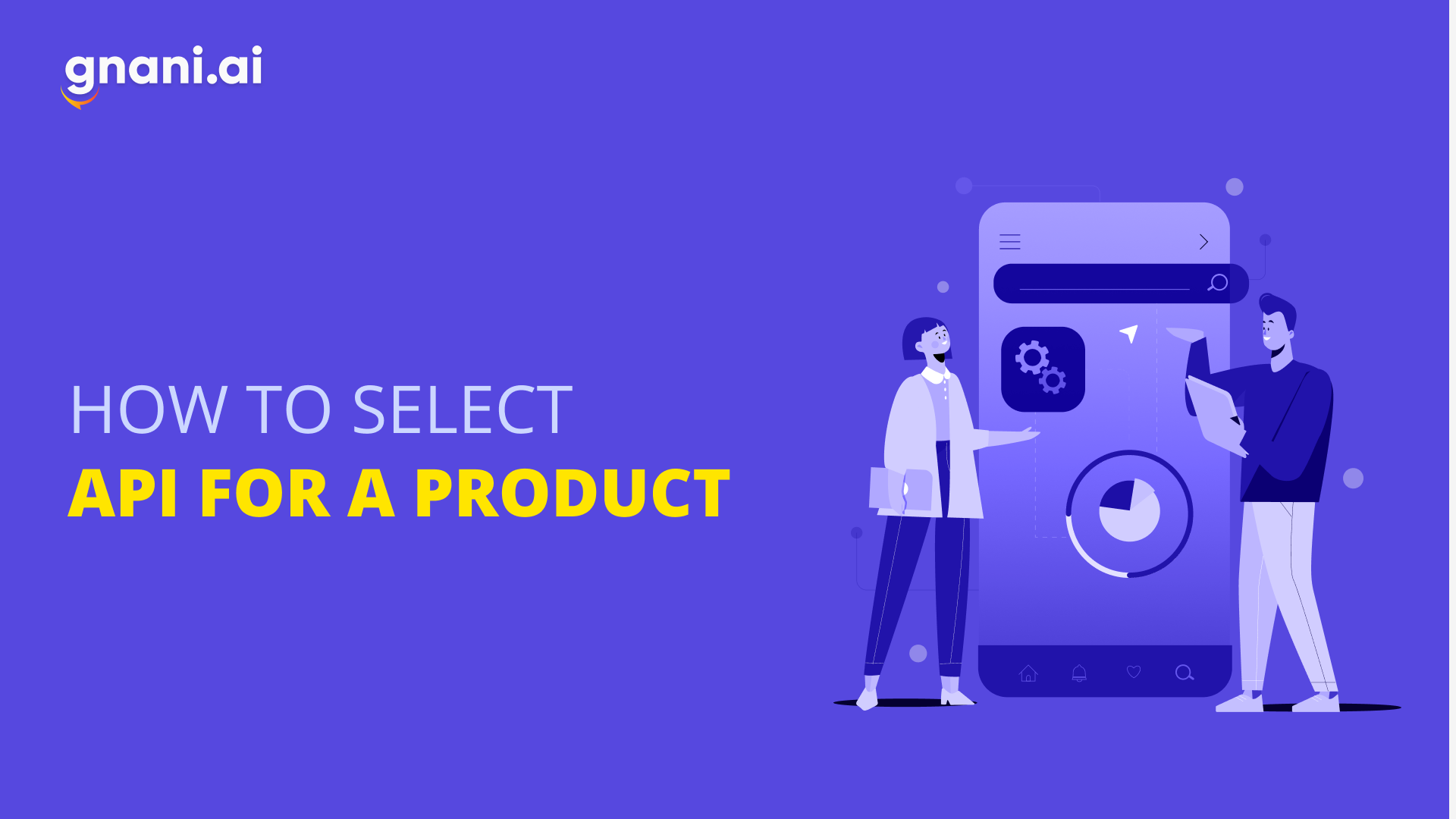Our world is obsessed with APIs, and rightly so. APIs are everywhere. API, or Application Programming Interface, allows two applications to communicate with each other and execute pre-defined processes. Whether you’re on Instagram, using Evernote or any other application available today, APIs are sending and receiving data via servers to perform actions or tasks.
How does an API work?
APIs are your proverbial ‘middleman’, except that it’s between two applications. One of the most-used methods to describe how APIs work is the example of a patron placing an order in a restaurant.
Imagine walking into your favourite restaurant and choosing the table near the window where you usually sit. The waiter who is walking towards you is the middleman. Why? Because the cook is not in a position to take the order directly. You place your request with the waiter, and he sends the request to the kitchen. The waiter gets the response (which is your food in this scenario) and brings it to the table.
You do not have to understand how the chef cooks, nor do you need to know how to cook. All you are required to do is read the menu and interact with the waiter. The waiter takes your request to the kitchen, and if the kitchen can honour your request, your food will be served. Similarly, the API Call function sends your request to the server, and the API retrieves the necessary data.
What are APIs used for?
- To power desktop applications
- To make mobile applications more seamless
- APIs are the primary integrators for no-code solutions
- They form the backbone of most web applications
- They connect devices to the internet
- APIs define how information is passed between systems, applications and devices
- They even connect everyday gadgets like wearable devices, automobiles and appliances
- Helps integrate different systems such as databases, CRMs and LMS
- It makes organizations agile
- Adds or enhances the functionality of internal and external systems.
- Speeds up software and system development.
Important points to note while selecting an API for a product:
Documentation:
Check for extensive documentation. API documentation must be detail-oriented and easy to follow in case your developers need to refer them for debugging or troubleshooting. Improper or poor API documentation could lead to operational bottlenecks down the road.
Interface:
Once you review the documentation, check for the naming convention used by the API. The interface names should ideally end with able, as this is the general trend preferred amongst the Java coding community. It makes it easier to standardize and promote team consistency. However, it isn’t a pressing concern, and nothing should stop you from following your own naming conventions.
Data Formats:
When selecting an API for a product, you must decide on the data format you wish to employ. XML and YAML were one of the most popular data formats before JSON became everyone’s favourite.
Libraries and examples:
Ask your API developer about the examples in the programming language that your product uses. Make sure you also ask for a library that interacts with the API in the same language used by your product. It will make the API implementation easy, thereby saving a lot of time for your developers.
Support and community:
What kind of support is available across forums? Is there an active community for the API? When it comes to solving issues, how responsive is the API provider? Before selecting an API, these are the important questions you must ask yourself.
Features:
Before selecting an API, you need to have a clear idea about the features that you want. APIs provide several features and support options. You will have to look at each of them objectively to ensure it meets your requirements.
Usage limitations:
There are specific APIs that have usage limits. Usually, this is to prevent the active misuse of the API or to encourage customers to upgrade them. If you don’t want to keep checking on whether or not you’ve reached the usage limit, find one without limits.
Acceptable use policy (AUP):
Your use case and idea should be supported and allowed by the API. Ensure that you review the AUPs to see if they follow all the local laws and regulations.
If you keep the above considerations in mind while selecting an API for a product, you can be sure about implementing the API correctly. The only thing that should be at the back of your mind at all times is that the API meets the needs of your customers.
Quick Note: Gnani.ai provides Conversational AI APIs to help you integrate Voice AI bots faster and deliver human-like interactions to your customers at scale.





